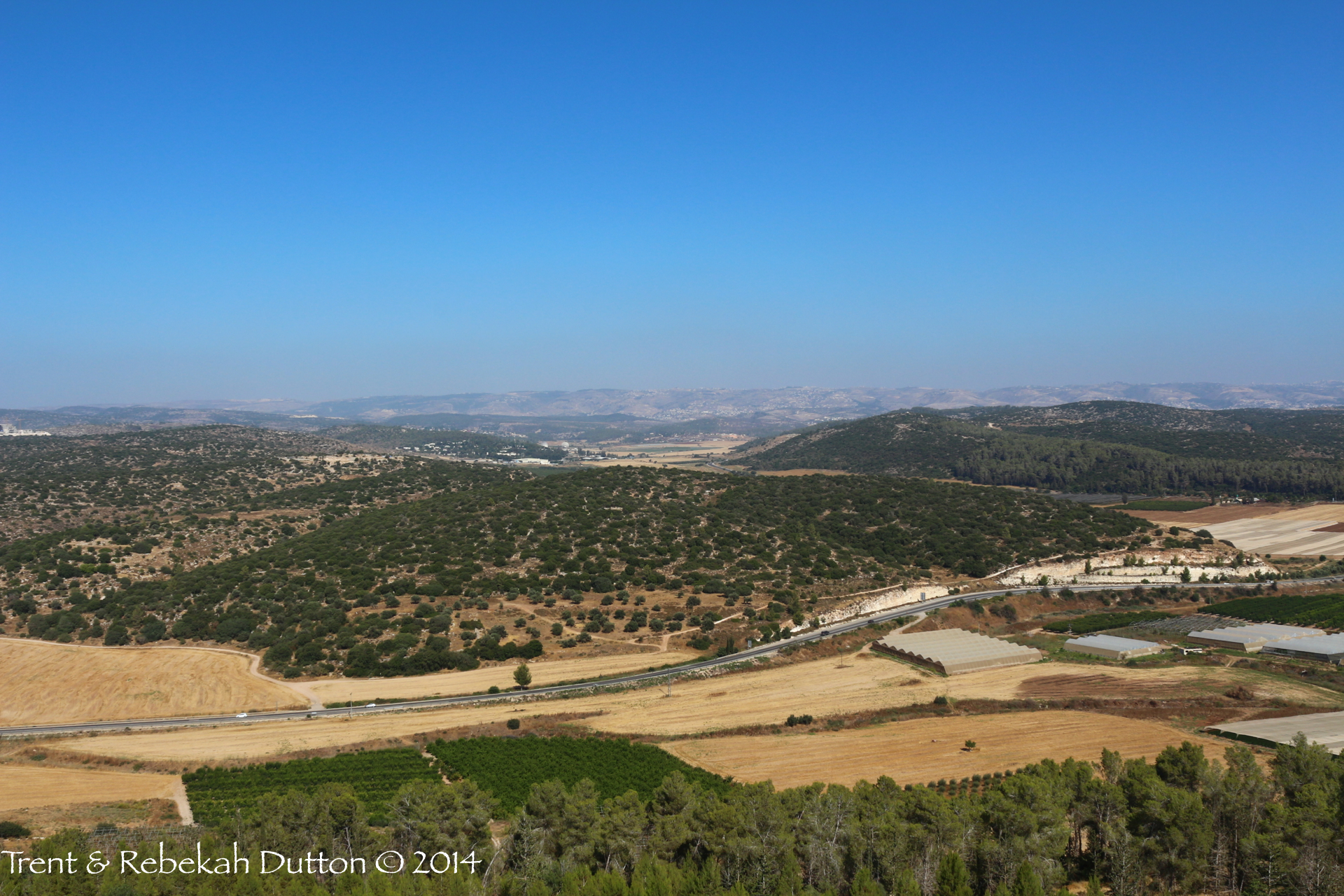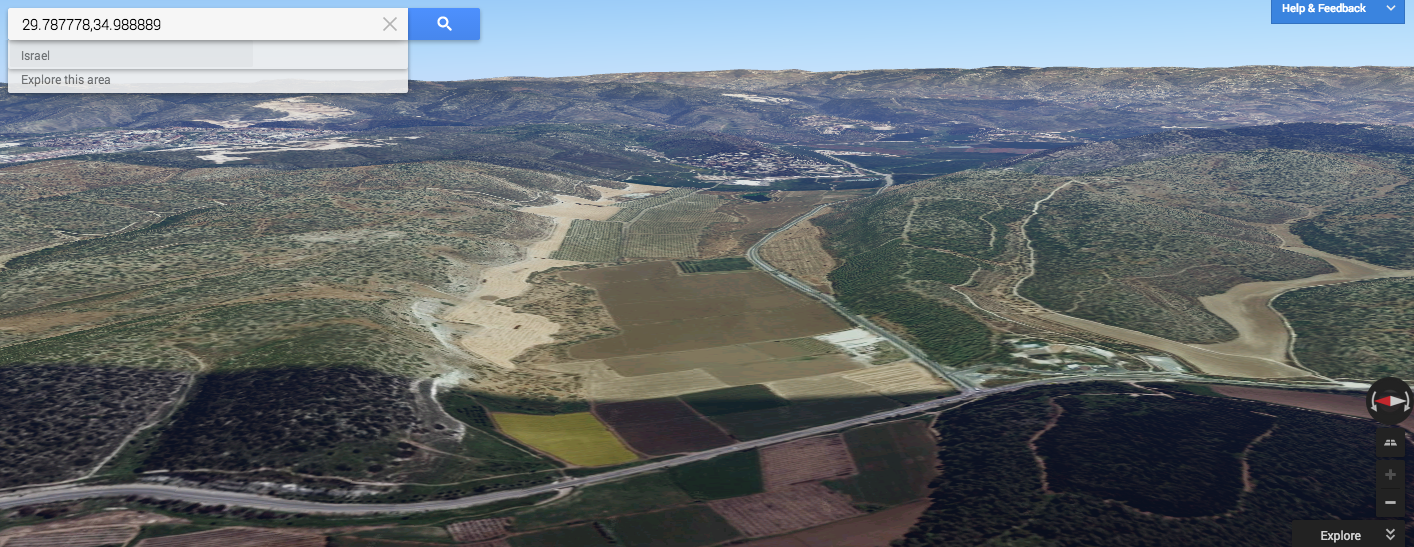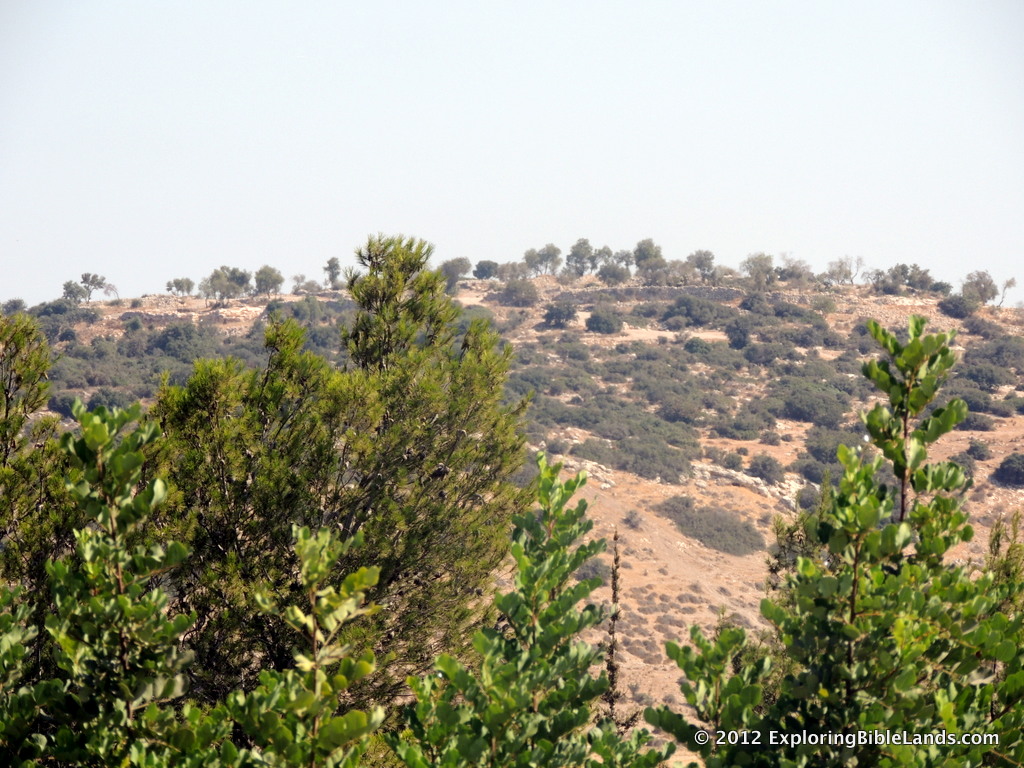I am not an archaeologist. Although friends of mine that have participated in an actual dig in Israel (Ferrell Jenkins at Lachish, Luke Chandler at Khirbet Qeiyafa, Trent and Rebekah Dutton at Ashkelon) have told me to give it a try. Perhaps one day I will. Participating in a dig allows you to gain first hand knowledge of the people of past civilizations.
Earlier today, I received the latest edition of Biblical Archaeology Review magazine. In it, there is a really good article by Yosef Garfinkel (and others) concerning the dig that he has been participating in since 2007. The dig has been centered around Khirbet Qeiyafa (possibly Biblical Sha'arayim), but they are in the process of moving next season to Lachish. (For more information about this particular dig, I encourage you to read Luke Chandler's blog. He has participated in the dig for several seasons.)
In the article, there is a fantastic picture of a casemate wall from the city. I tried to find the same picture on the Internet with no luck. However, I found a similar picture that I have included at the top of this post. (NOTE: If you are reading this post from an email, you might need to click on the title and view the post from the web to see the picture.) In the center of the picture, you can see a four-chambered gate which led into the city. However, along the edge of the city walls, you can see a series of small rooms very similar in size. The walls in these small rooms were thicker than normal walls. During peace times, the inhabitants of the city used these small rooms for storage. However, if the enemy decided to attack, these rooms could be quickly filled with dirt, rock and other debris, which would make the city more secure.
Thanks to the real archaeologists and their teams of volunteers, we can learn so much more about the land and the people in the Bible. And, by learning more about the land and the people, we can learn more about the Bible.
I have got to figure out a way to participate in a dig in the near future.
Credit: The picture at the top of the post comes from the Israel Antiquities Authority website.
 Last fall, Florida College (with the help of Luke Chandler) arranged for archaeologist Yossi Garfinkel to speak in their Life Enrichment Series. The audio podcast of this event has recently been released on Florida College's Special Events podcast. Mr. Garfinkel discusses the recently concluded dig at Khirbet Qeiyafa, a site overlooking the Elah Valley in the Shephelah. His wisdom and wit come through as he discusses their findings and how it relates to the United Kingdom during the time of King David.
Last fall, Florida College (with the help of Luke Chandler) arranged for archaeologist Yossi Garfinkel to speak in their Life Enrichment Series. The audio podcast of this event has recently been released on Florida College's Special Events podcast. Mr. Garfinkel discusses the recently concluded dig at Khirbet Qeiyafa, a site overlooking the Elah Valley in the Shephelah. His wisdom and wit come through as he discusses their findings and how it relates to the United Kingdom during the time of King David.







